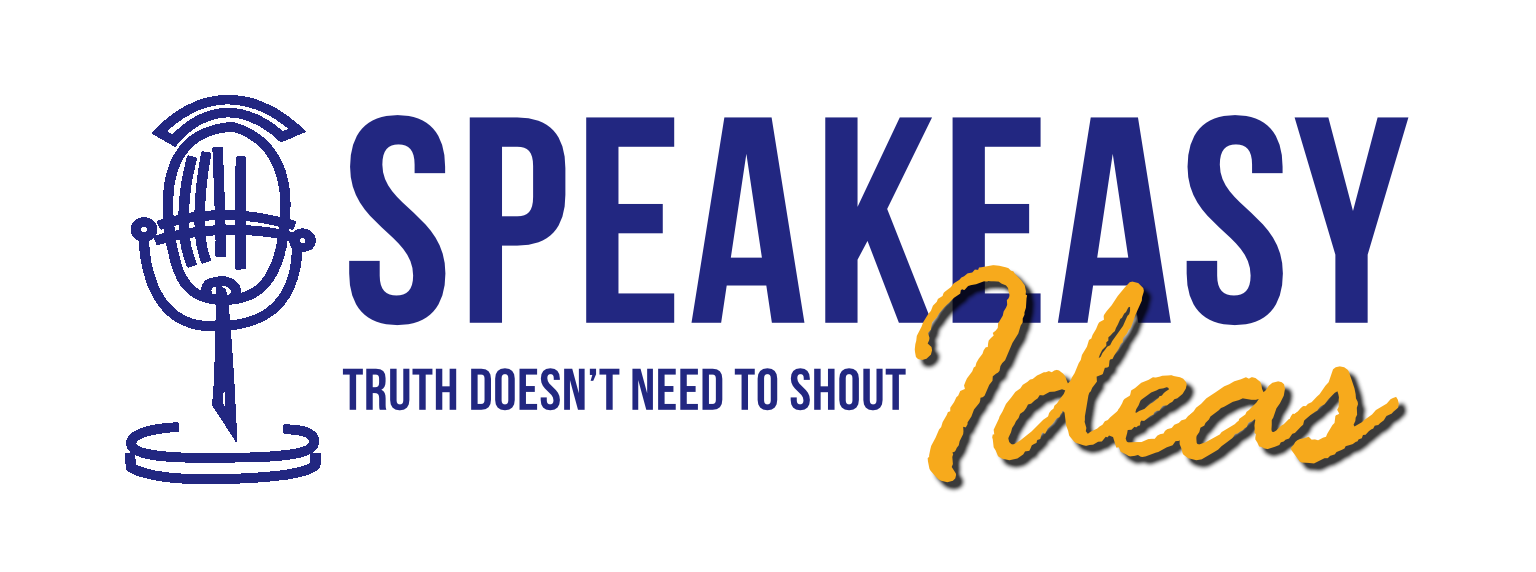VIDEO: SIA 101.4: Declaration of Independence – Part IV (Video time: 45 minutes)
REQUIRED READING: “Writing of the Declaration of Independence”
TERMS, PEOPLE, & PLACES TO IDENTIFY
Where there is a time mark, the answer is provided at the time indicated in the relevant podcast or video. Where there is no time mark indicated, the student should look up in a book or perform an Internet search for the term, person, or place.
- Review Aristotle
- Cicero (When and where did he live? What books did he write?)
- Thomas Aquinas (He is the considered a “Doctor of the Church” by Catholics. What does that title mean?)
- Pythagoras (when and where did he live?)
- Abigail Adams (Was married to whom?)
- Thomas Jefferson (Wanted to be remembered for what three achievements in his life?)
- Alexander Hamilton (In what capacities did he serve George Washington?)
- James Madison (Collaborated with Alexander Hamilton and John Jay to write what book?)
- Benjamin Franklin (What did he do in France?)
- John Adams (Was married to whom?)
- Regime
- Founding Fathers
- Thomist
- Omnipotent
- Omnipresent
- Omniscient
- Pythagorean Theorem
- Popular Opinion
STUDY QUESTIONS
- What is the modern meaning of self-evident? (2:19)
- What is the philosophic (old, traditional, classic) meaning of self-evident? (3:39 – 11:05)
- In his first draft of the Declaration of Independence, what words did Thomas Jefferson use instead of self-evident? (5:20 – 7:30)
- Why were the words changed to self-evident? (7:30 – 10:45)
- Listen to the example of a self-evident truth. (start 12:25)
- What is the first thing a thinker must do to start to discover if something is true? (18:00)
- What question is helpful to ask in order to discover if something is true? (18:40)
- What can be discovered by asking the question, “What does this mean?” (18:53)
- How many people have to know something for the idea to be a self-evident truth? (25:00)
- Summarize what a self-evident truth is. (1:40 – 26:39)
- Summarize what the founders meant by a self-evident truth. (1:40 – 26:39)
- What is the first moral, self-evident truth that the founders offer in the Declaration of Independence? (26:40 – 27:15)
- What is the most important philosophic question to ask about the first self-evident truth in the Declaration of Independence? (27:30 – 29:00)
- Describe the thought exercise on the idea that “all men are created equal.” (30:30)
- What is a fundamental (simple) way we are all equal? (33:40)
- Why is this first, self-evident truth from the Declaration of Independence significant? (35:56 – 36:56)
- Each individual human being contains the model of what moral and political concept? (36:40)
- The founders used the word men in the self-evident truth all men are created equal. What word can be thought of or used in discussing this idea of human equality? (37:40)
- What story does Dr. Krannawitter use as evidence for the argument that the founders believed men in the self-evident truth all men are created equal meant and included all mankind? (37:40 – 44:19)
- Who were the first editors of the Declaration of Independence? (43:30)
- Does this idea of all men (mankind) being equal have a revolutionary political impact? (44:20)

